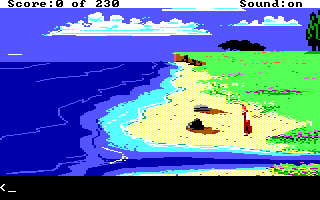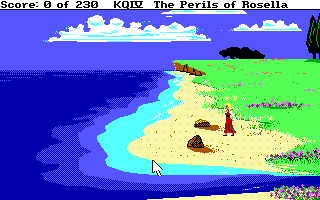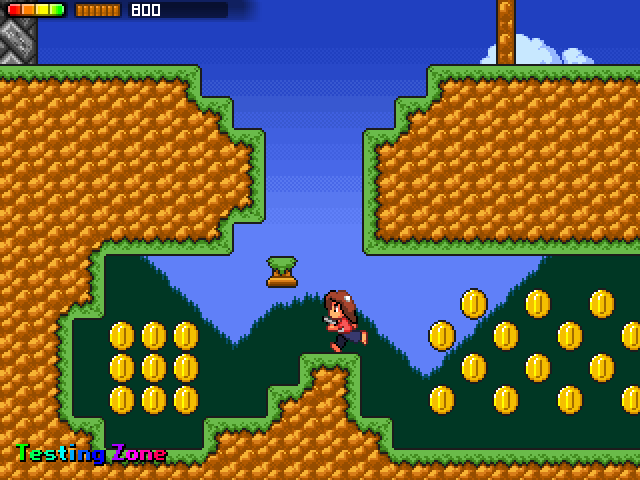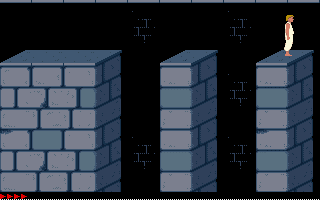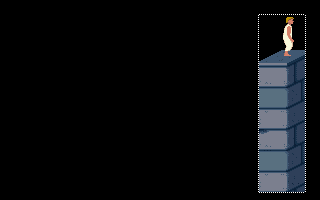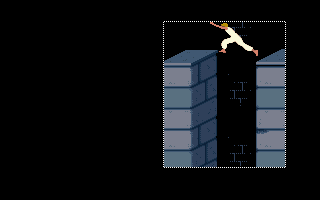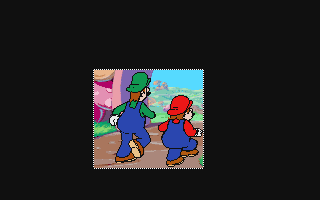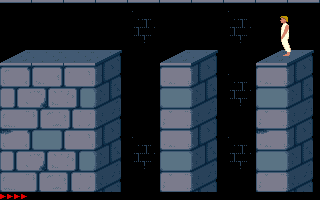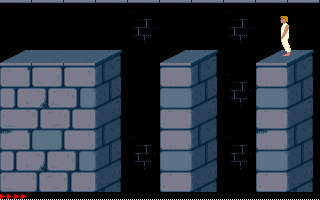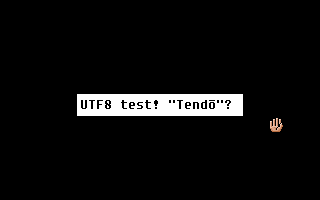(This was originally posted as a Twitter thread.)
I’d like to talk about bad words for a moment. Specifically, words used as tags and such for porn site content. So there’s your content warning right there.
“Dickgirl”. (pause for audience gasp) There are those who consider this word to be a Bad Word™. I respectfully disagree. I think this word is snappy and clear, like a content tag word ought to be.
(Now, I’d like to interrupt this repost to clarify that this is not about how it’s somehow not bad. It’s about how on another level it’s good. This was never meant to convince anyone otherwise, as we all know this to be impossible. With that in mind, back to the repost.)
Imagine, if you will, a fresh-faced pervert’s first go on the Internet. Our freshly-hatched pervert finds a porn site with a comprehensive tagging system, that includes hentai and its related genres and tropes. He finds an image set or a comic or such tagged “dickgirl, bukkake” among other things. What do you suppose this person, who has never seen these two words before (I know, incredible), expects to find upon reading these tags and opening the comic?
At least one chick with a dick, and the other thing is a surprise.
Y’see, when you see the word “dickgirl”, there’s only a few things you can take it to possibly mean, and only one or two make enough sense to likely be correct. It refers, of course, to a girl with a dick. It’s a hentai comic, it’s allowed to have weird shit okay?
But yeah. Two short syllables, each a perfectly clear word on their own, and there’s very little doubt as to what it means. The opposite, “cuntboy”, is exactly the same in all regards. No need to repeat myself there. “Bukkake” on the other hand… oh boy. Oooh boy! First of all, it’s Japanese. Our (I’ll remind you) uninformed perv doesn’t speak the language, so he has nothing to go on. Second of all, it’s got a non-sexy meaning too, that came earlier. Something about pouring water on your noodles from higher up? It’s not that snappy, and it’s certainly unclear as all get out. If our perv were Japanese or otherwise familiar with the other meaning, he might justifiably think “oh, the dickgirls are gonna eat noodles afterwards.” Boy is he in for a surprise!
You could say the same about “futanari”. Again, Japanese. Means, roughly, “two forms”. And frankly, reading that I’d sooner think of giant fighting robots that turn into jet planes and such than a girl with too many bits down her panties.
And please, don’t even think of suggesting “pre-op transwoman”. It’s not at all snappy, and it’s frankly too specific. Surprising, I know. Not all female-presenting dick-having characters in these stories are trans, okay? Like 99% aren’t!
(“you could also argue that while it’s definitely a bad idea to call real-life trans women by porn terms, it’s probably a lesser bad idea to call porn by the current words used by trans women, in that it may lead for those terms to become sexualized/pornographic.” “Exactly why you just keep calling dickgirl porn dickgirl porn.”)
Anyway thanks for listening to my TED talk. I’m Kawa, hobbyist linguist, and all-round lazy bastard.
